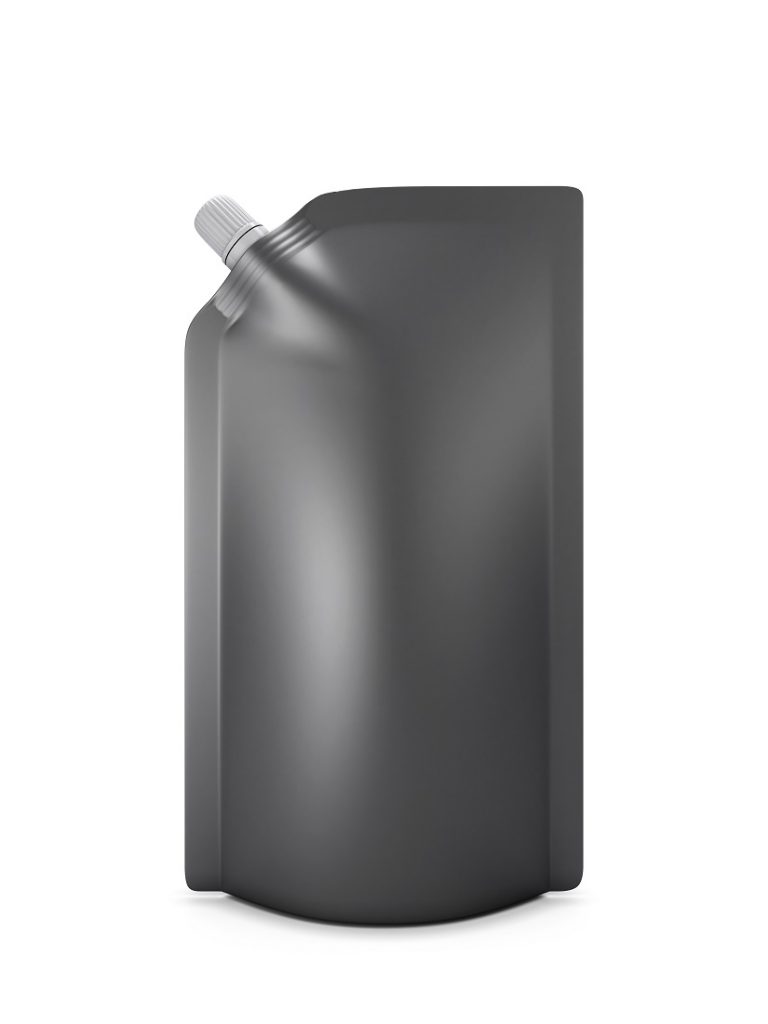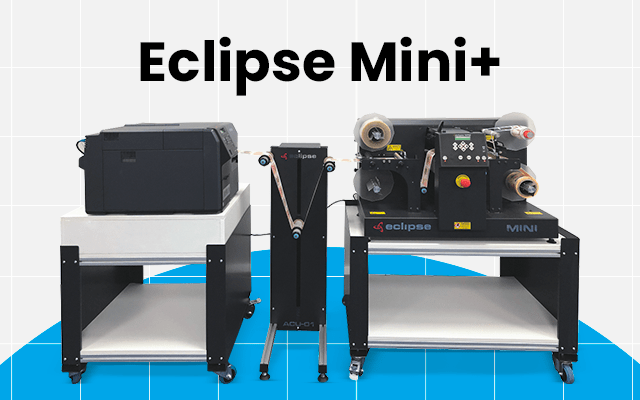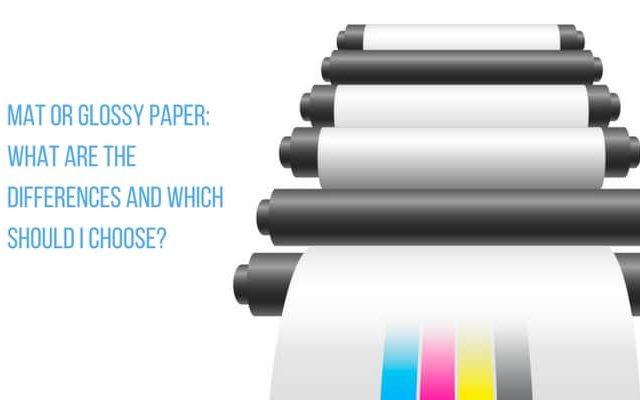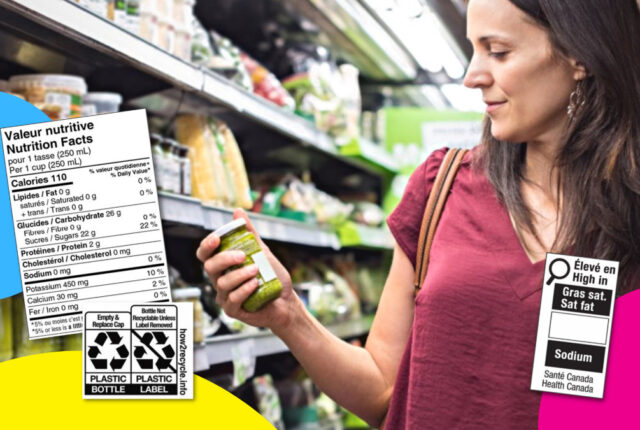Flexibles, with their reduced weight and size can help you save on shipping and warehousing costs. They have the ability to conserve food better than standard packaging and they look good on the shelf.
If you’ve not yet considered transferring from traditional to flexible packaging for your product, it is a good time to start thinking about it. Why? Because the market is mature.
We’ve all seen how flexibles have grown to omnipresence in supermarkets, stores and pharmacies. According to the Association for Packaging and Processing Technologies (PMMI), they’ve become the second largest packaging segment in the USA in only 10 years time. Already, many vendors have reached their saturation point in adoption of flexibles for their product: 40% of the companies sampled report being at 90 to 100% adoption already.
The market has now entered the mature period with more reason than ever to adopt:
- Customers appreciate them and have come to expect them, reducing the risk of product sales being impacted by the change over. In fact, it has been proven that flexible packaging, with it’s bright colours and overall convenience for the consumer can actually help increase the sale of a product
- More and more vendors are able to properly produce them
- Technological advances in the films now permit conservation of a wide variety of foods and other products under specific conditions
- There is a trend towards downgauging of the plastics films used in creating the packages, which reduces their environmental impact, an important consideration for the consumer. It’s also important to note that flexibles are already more sustainable than traditional packaging, due to their reduced use of materials and lower weight. The only caveat to that is that technology for recycling them is still lagging.
- Although the North-American market is not expected to grow so much over then next few years, demand is expected to flourish in the Indian and Chinese markets, and this will potentially force prices down for those in the North American market as well.
It’s a win-win situation for both the consumer and the company willing to change over to this type of packaging. The key is finding expert advice to evaluate your needs and guide you though the transition.
If you’re now considering the changeover to flexible, contact us today. We’ll be happy to look at the various options with you.







